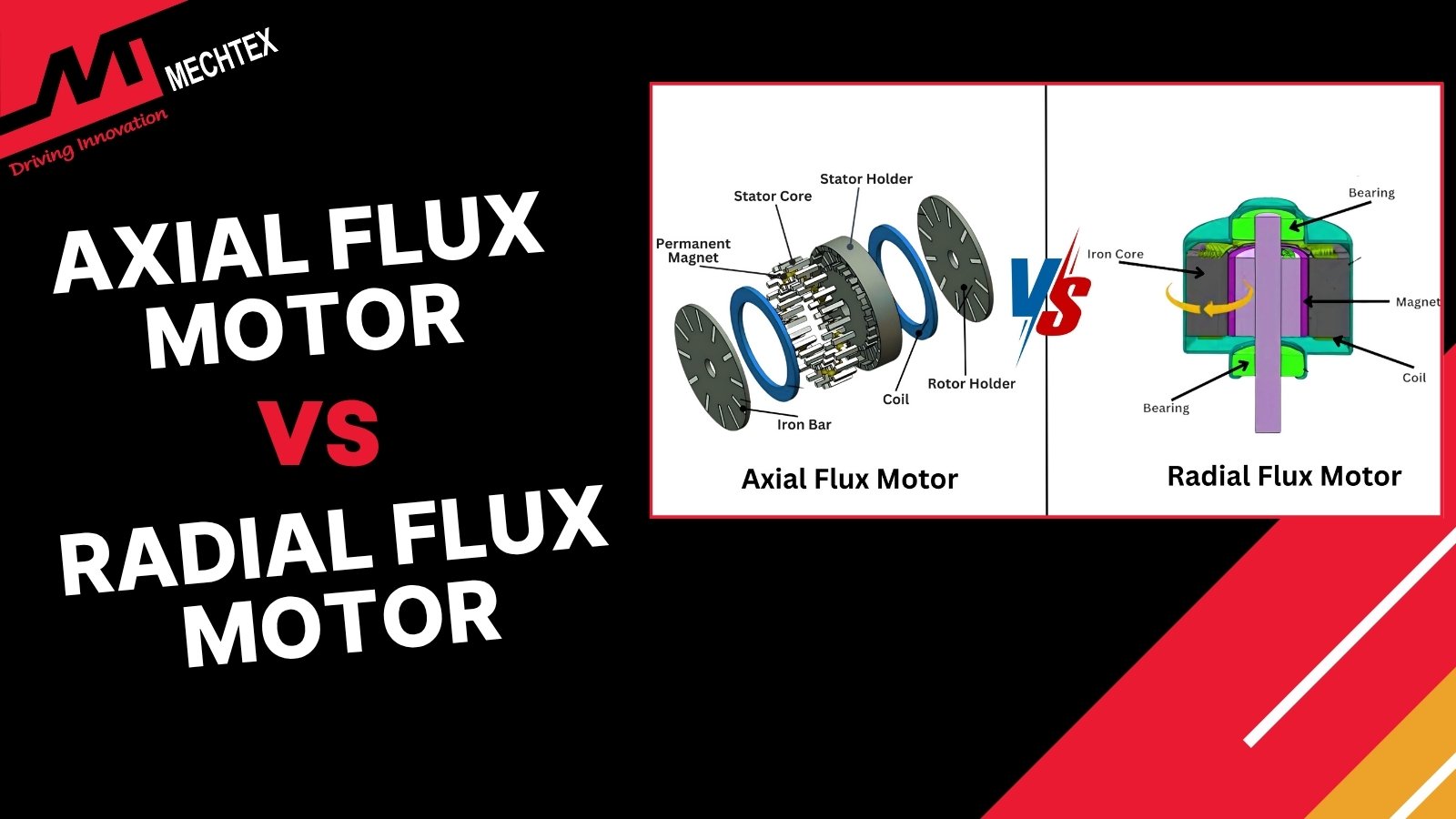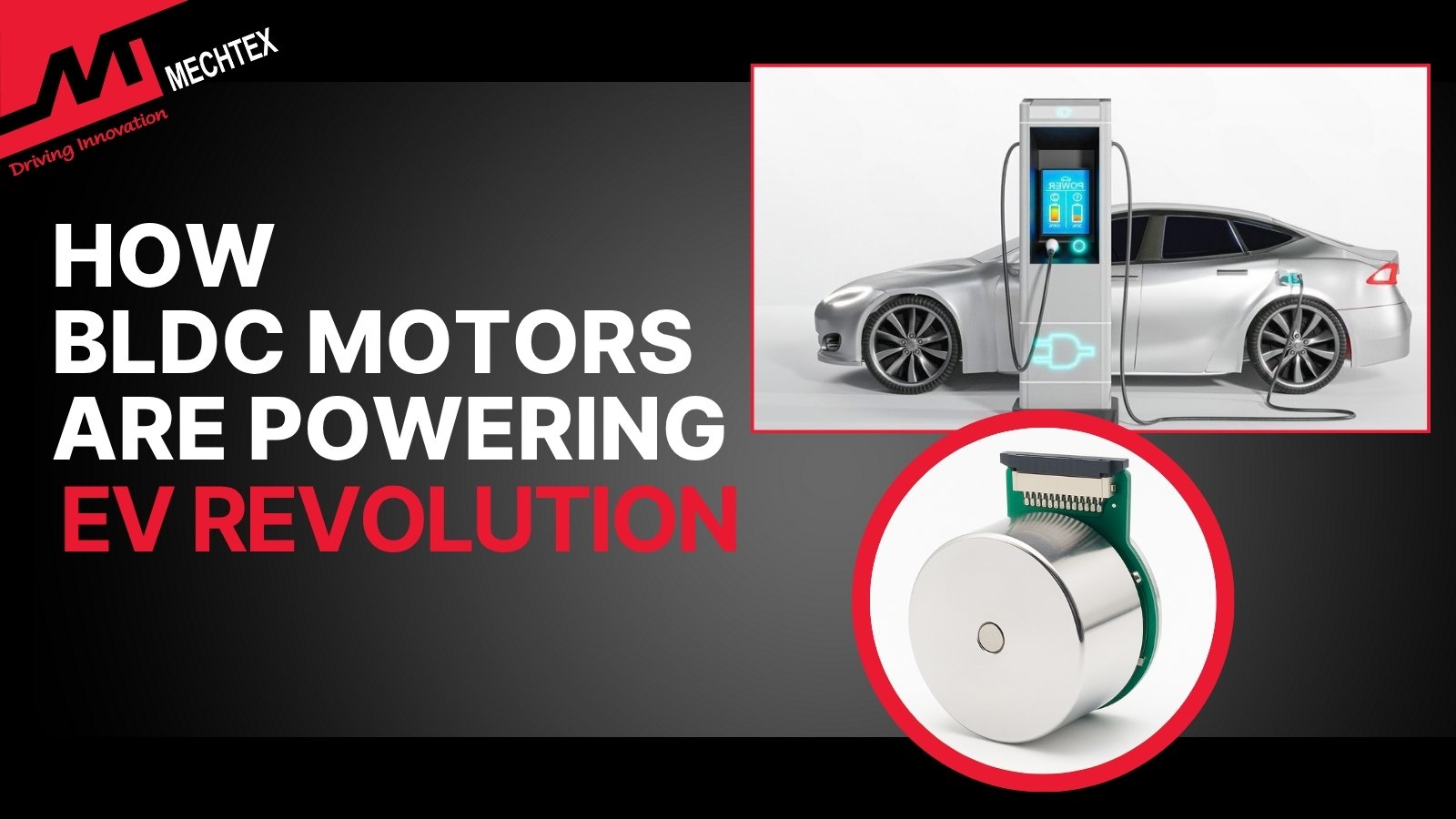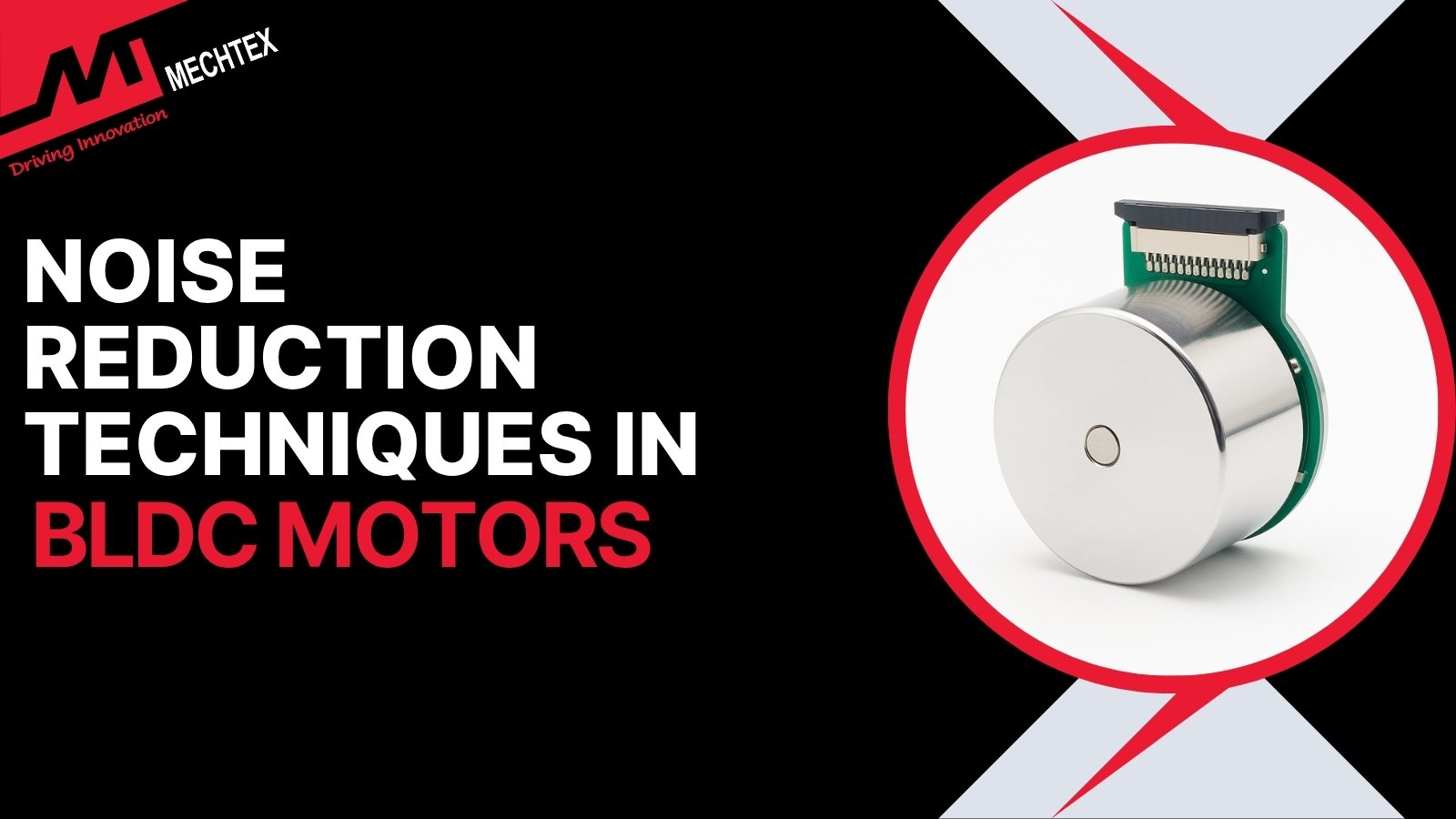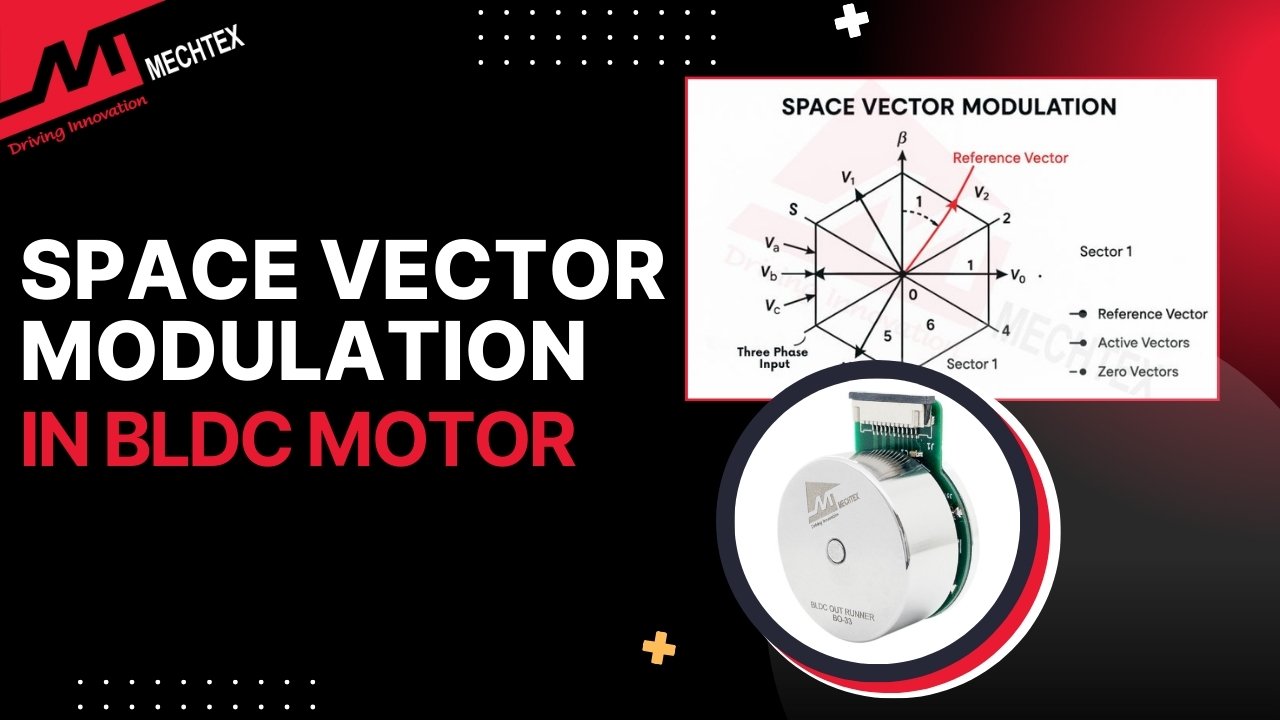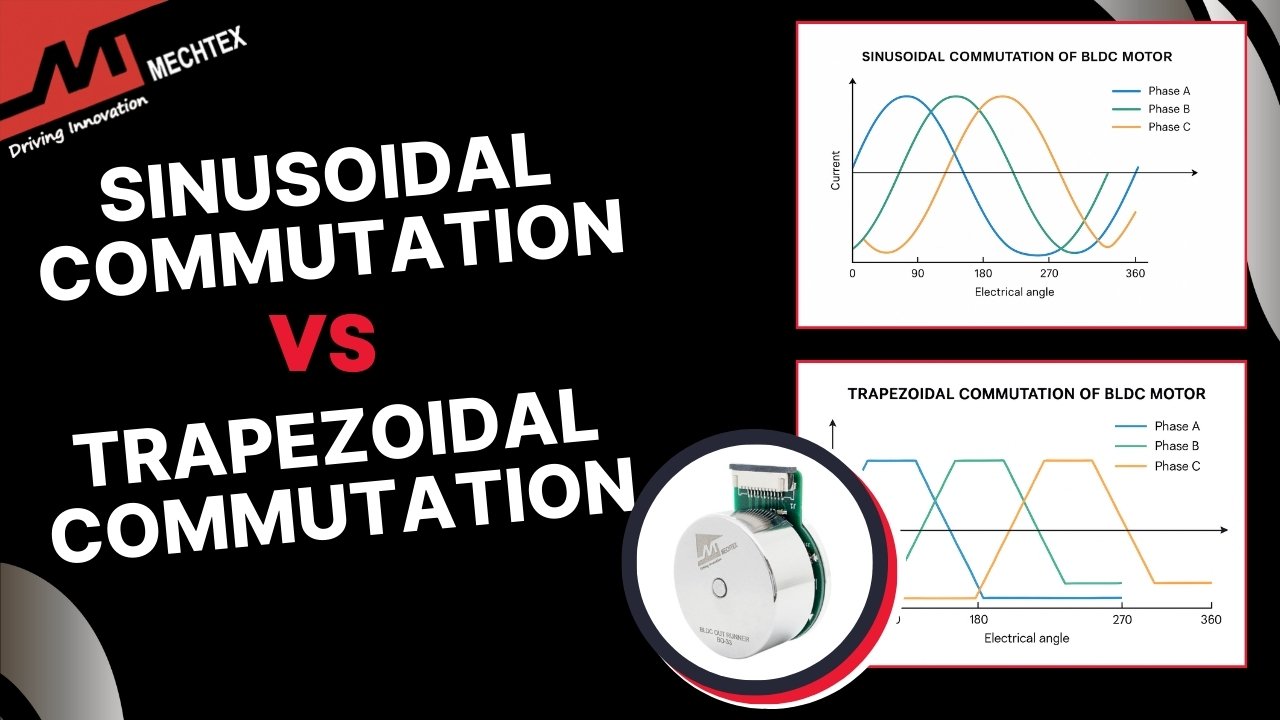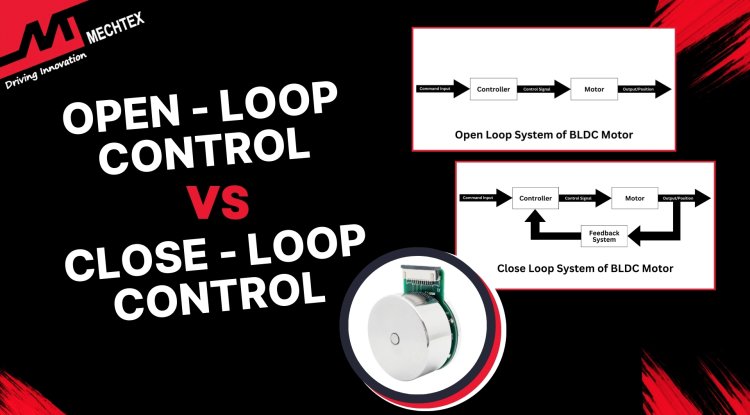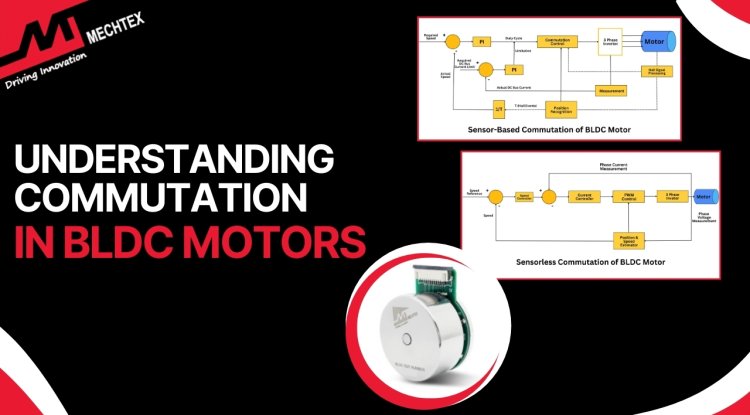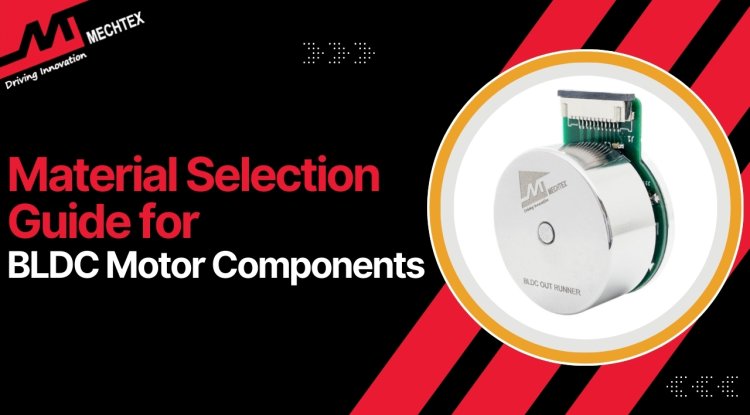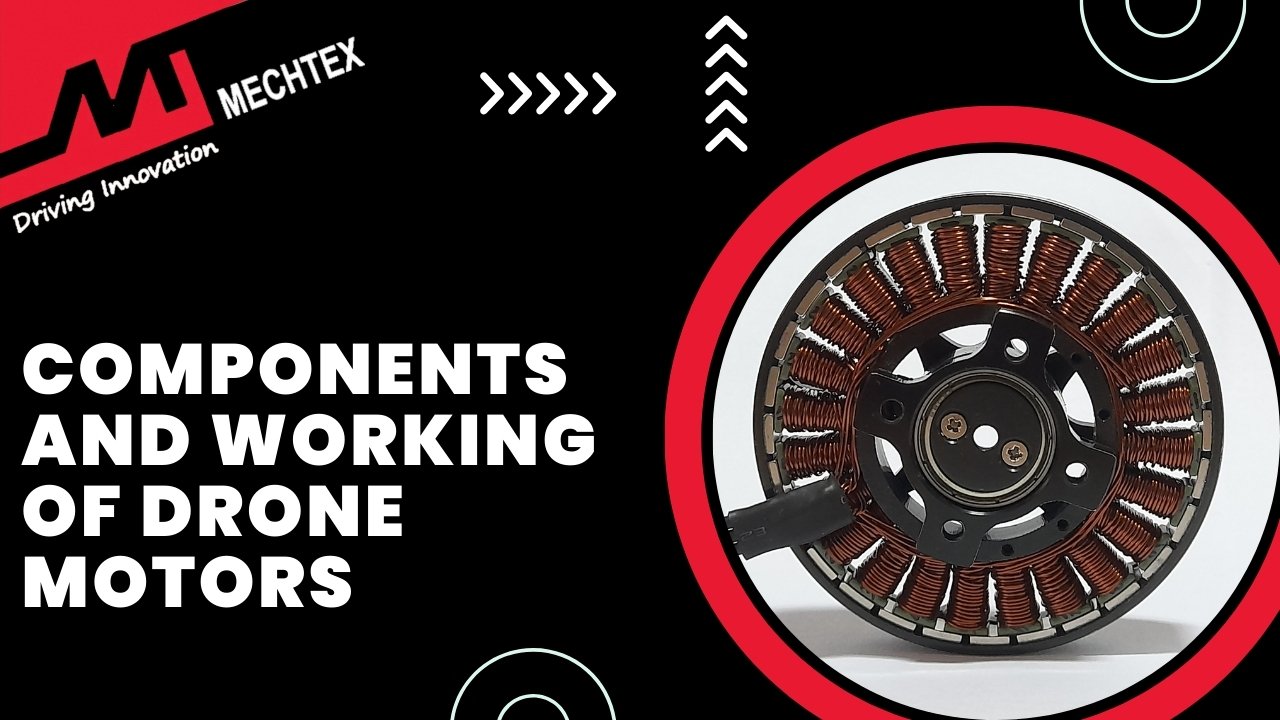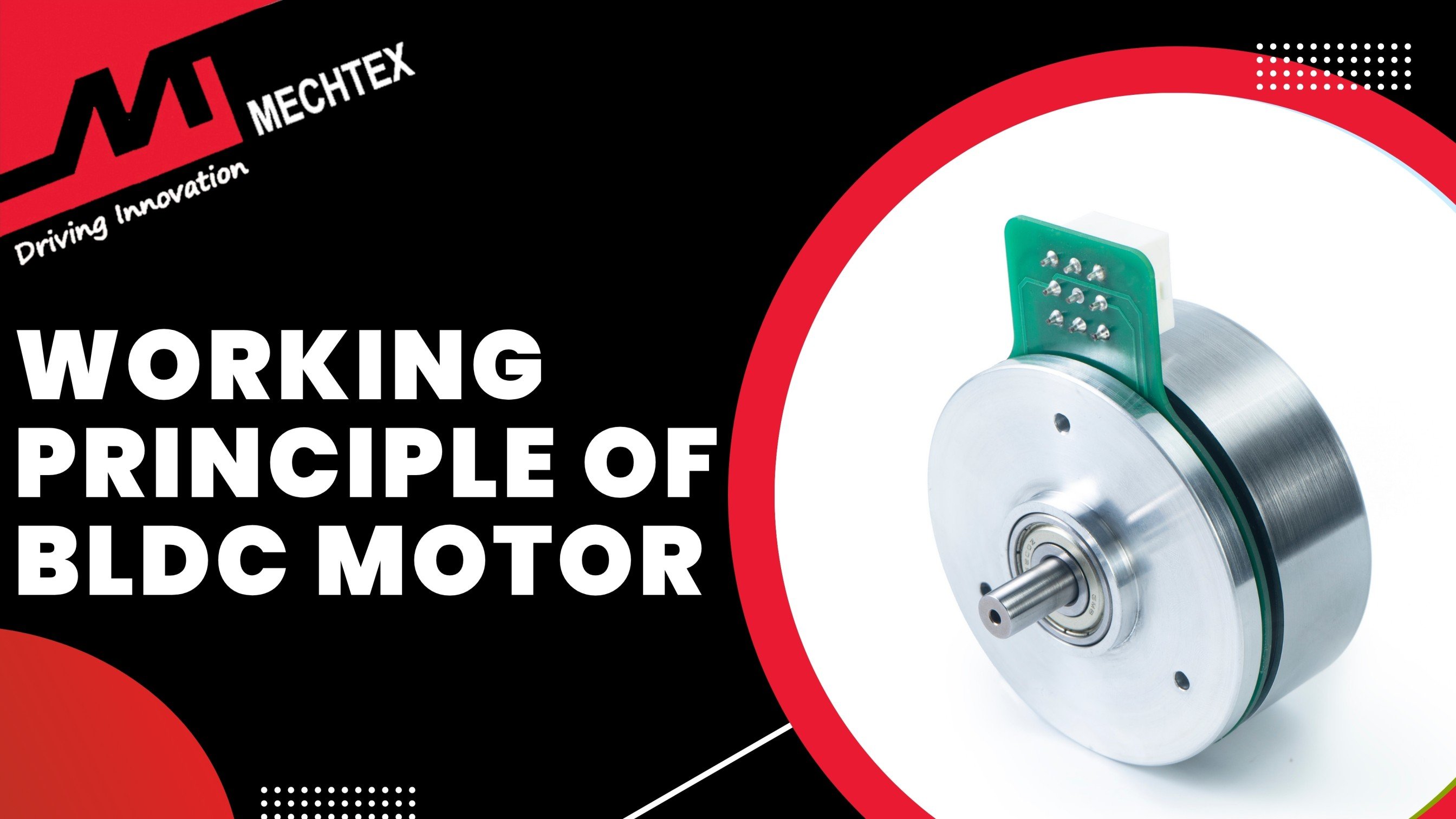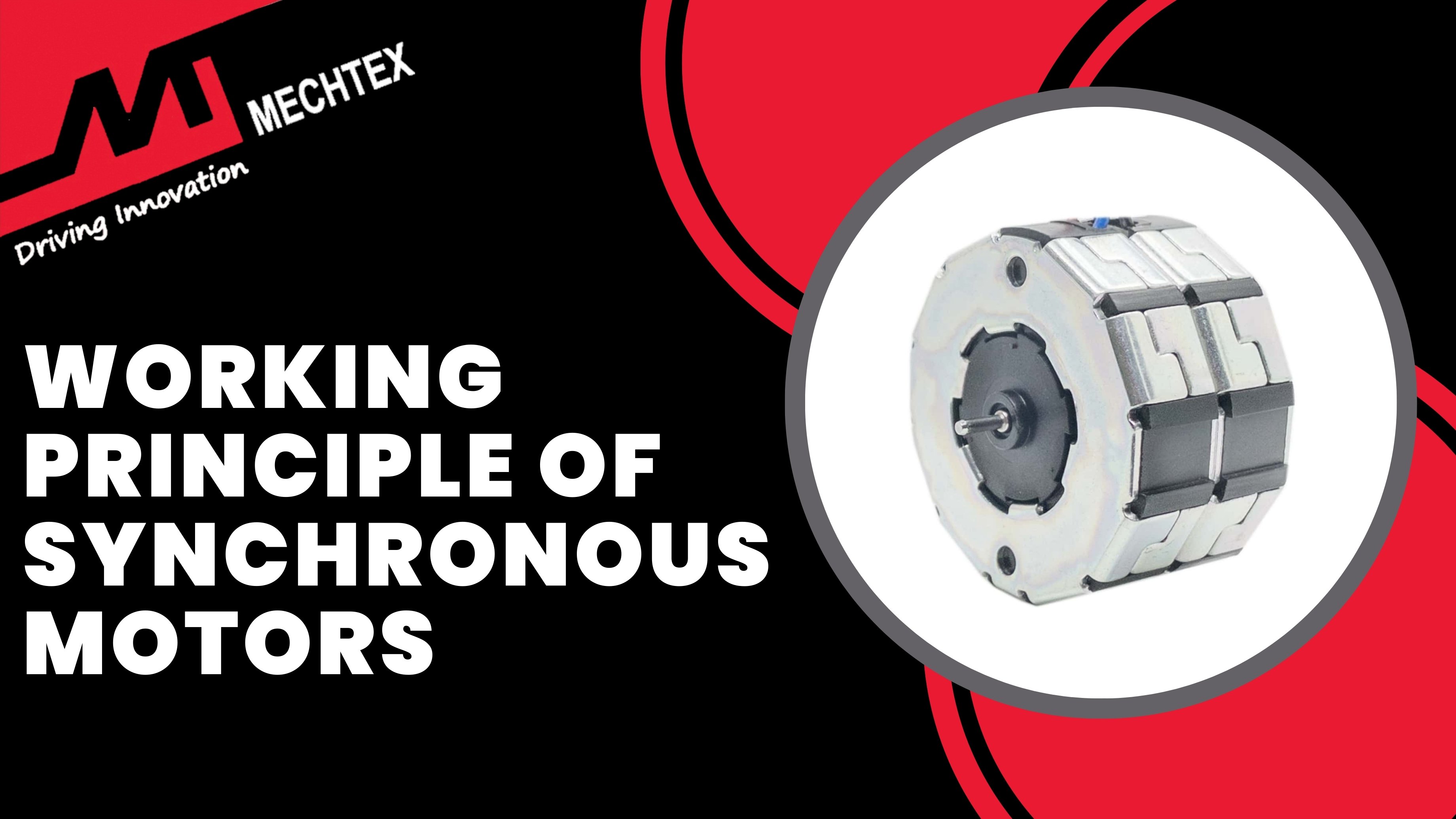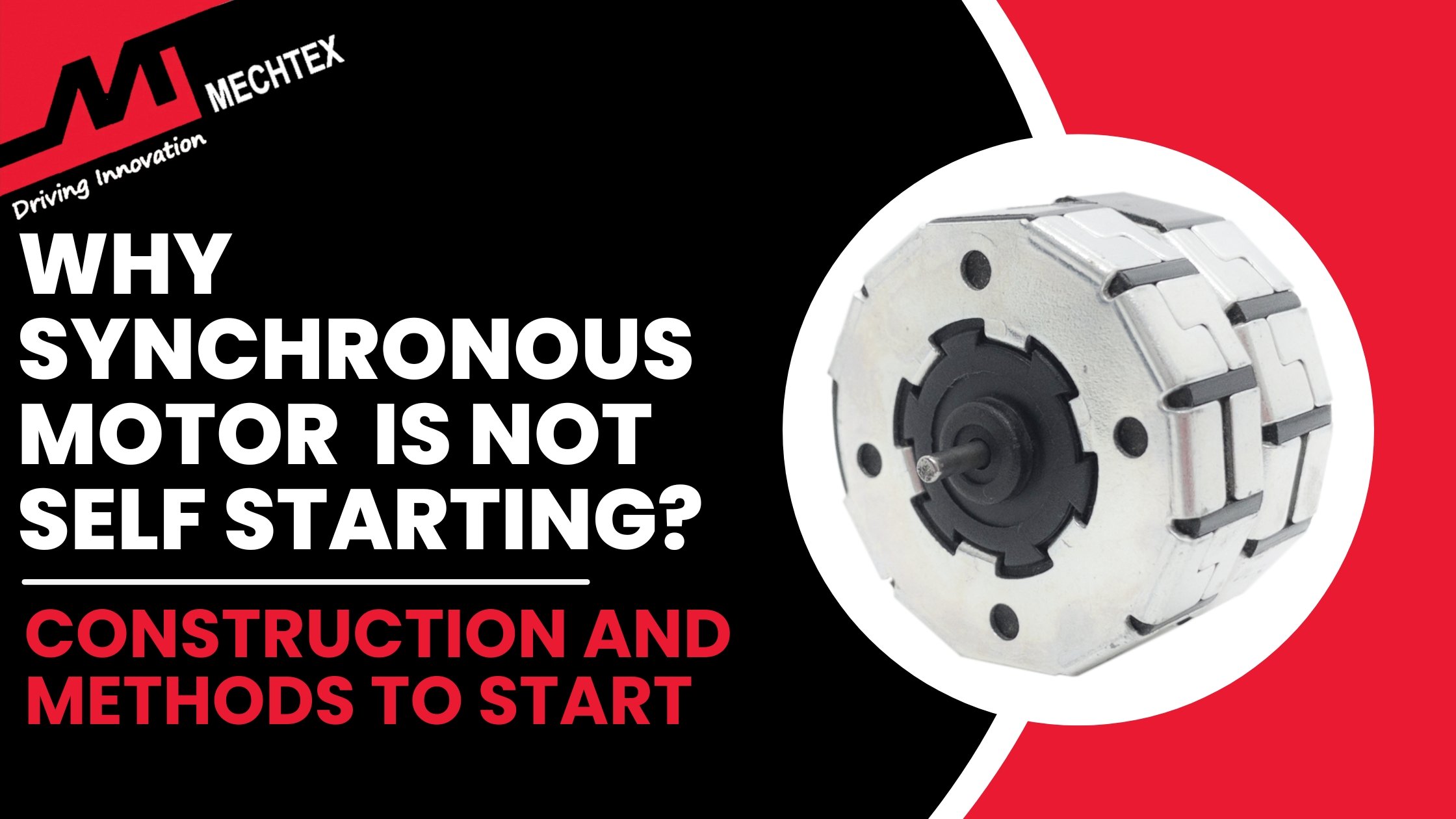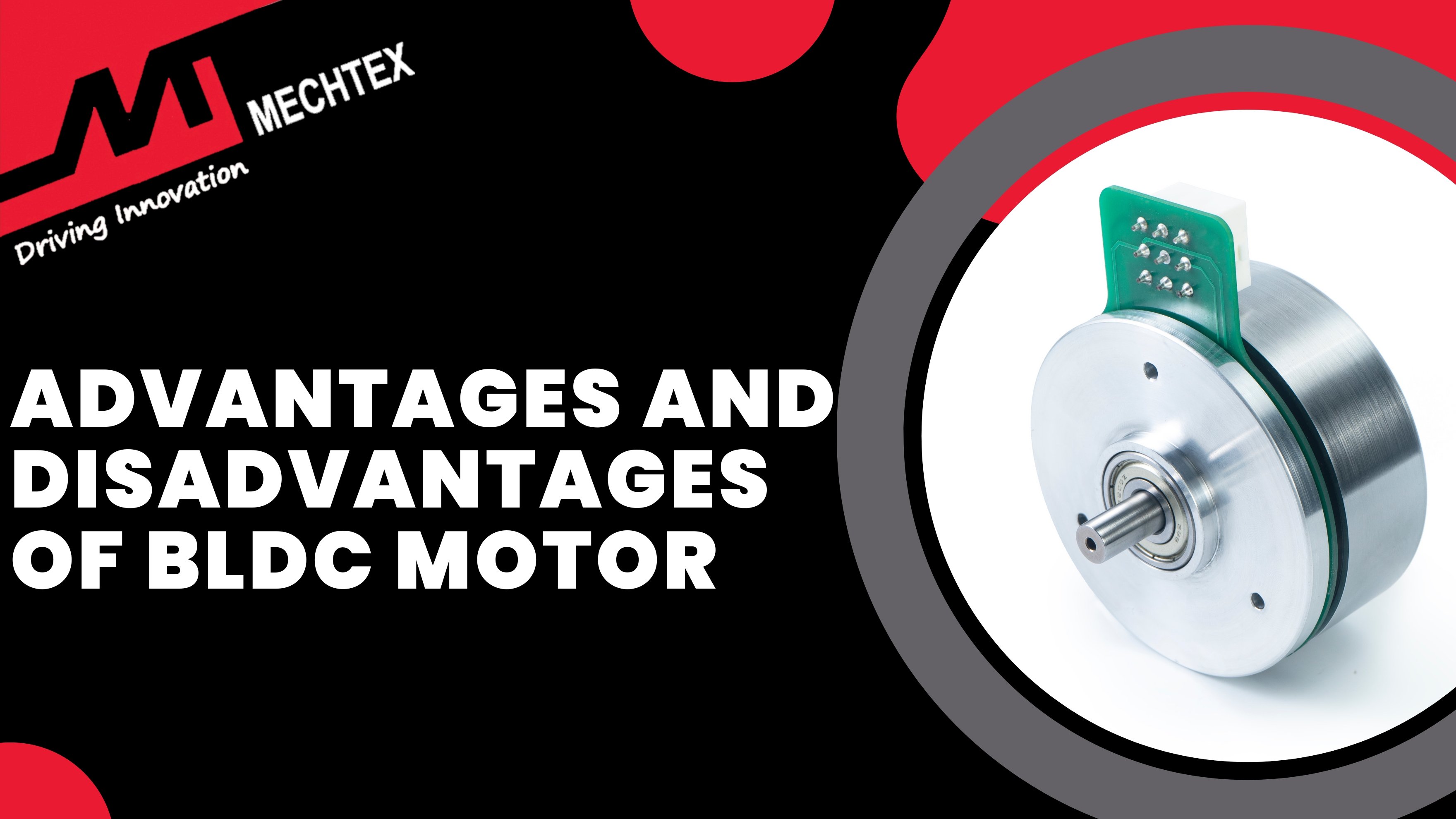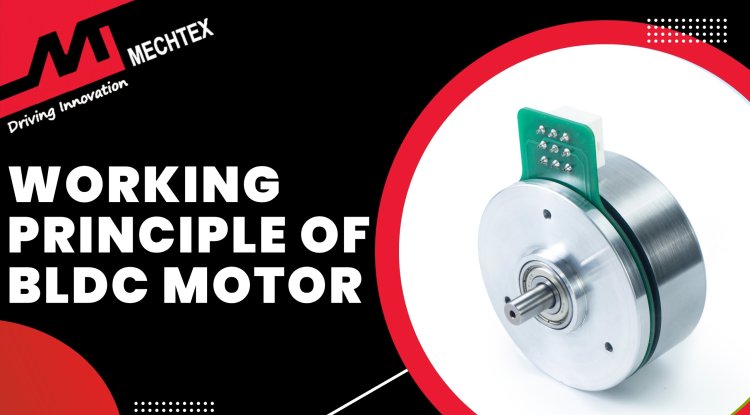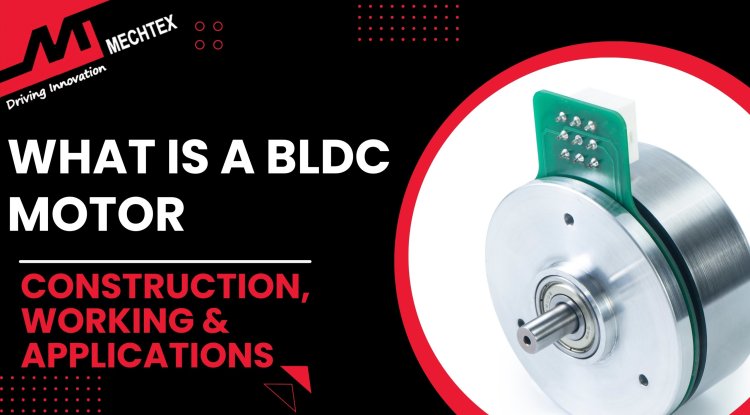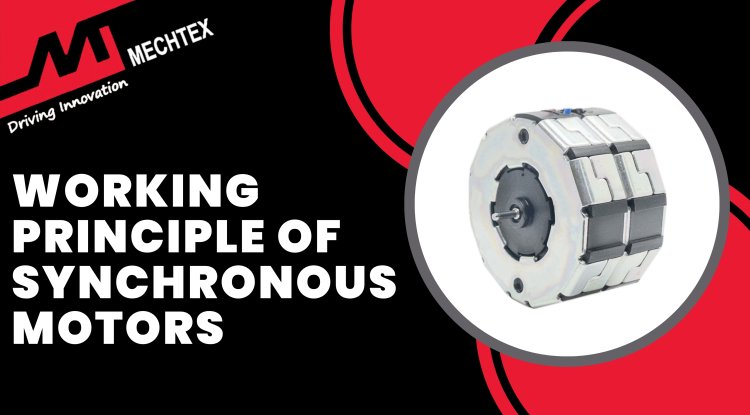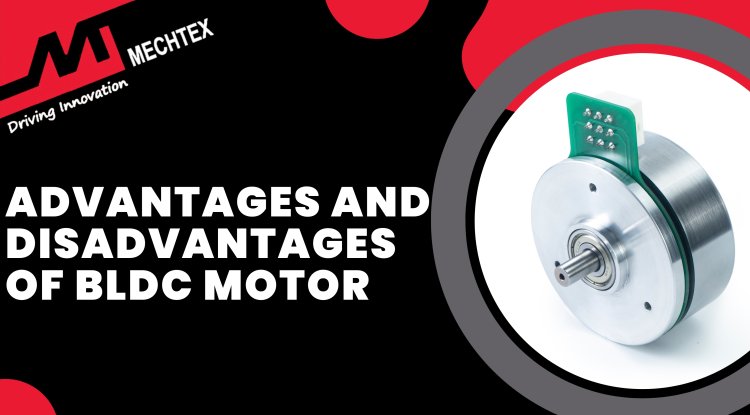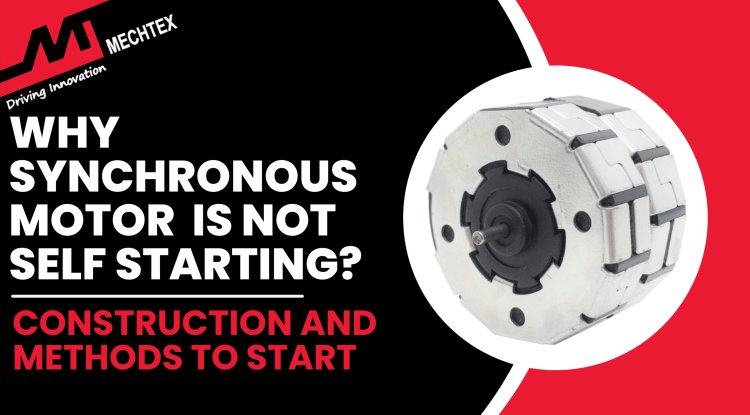Category: BLDC Motor
Mechtex’s Innovative Motor and Gearbox Solutions a...
REI 2025 brings together leaders and innovators in renewable energy. Mechtex showcases BLDC motors, synchronous motors, and gearbo...
Kalman Observer & Sliding-Mode Observers in BLDC M...
Kalman observer estimates BLDC rotor position using statistical prediction, while the Sliding-Mode observer uses nonlinear control...
Axial Flux vs Radial Flux Motors: A Comprehensive ...
An axial flux motor is an electric motor in which the magnetic flux flows parallel to the axis of rotation, along the axial direct...
Closed‑Loop Speed Control in BLDC Motors: PI, PID ...
Closed-loop control is a feedback-based control method, where motor speed is continuously monitored and compared with predefined r...
How BLDC Motors Are Powering the EV Revolution
BLDC motors are at the heart of the EV revolution. Their high efficiency, compactness, and reliability make them the motor of choi...
Noise Reduction Techniques in BLDC Motors
A BLDC motor is a type of electric motor that operates without brushes, unlike traditional brushed DC motors. Understanding the va...
Space Vector Modulation (SVM) in BLDC Motor Contro...
Space vector modulation (SVM) is a sophisticated technique used in the control of AC and DC motors. It is a form of Pulse Width Mo...
Sinusoidal Commutation vs. Trapezoidal Commutation...
Sinusoidal commutation uses smooth sinusoidal currents for quiet, precise motor control. Trapezoidal commutation energises BLDC mo...
Open-Loop Control vs. Closed-Loop in BLDC Motors
Open loop control in BLDC motors is a method where the BLDC motor operates without feedback on its actual position or speed. Clos...
Material Selection for BLDC Motor Components: An E...
The construction of a BLDC motor consists of stator, rotor, bearings, housing, and other auxiliary components. Each component requ...
Slotless BLDC Motors vs. Slotted BLDC Motors
Slotless BLDC motor is a BLDC motor without slots to ensure smooth operation under varying load conditions. The Slotted BLDC moto...



